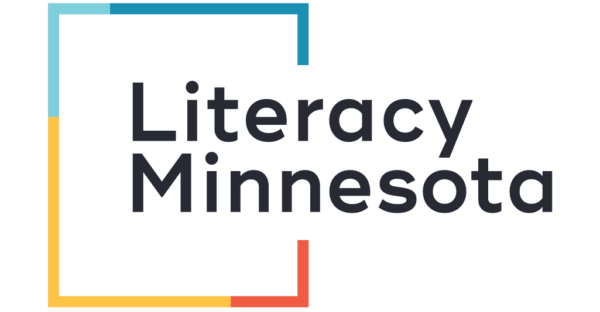- MN ABE Connect
- Archive
- In a Jam Without Jamboard?
 May 20, 2024
May 20, 2024
In a Jam Without Jamboard?
Jason Brazier, Distance Learning Team Elizabeth Bennett, Distance Learning Team“Help! Jamboard is going away! What software should I use now?” is one of the most frequent questions the Distance Learning Team gets asked. The easy recommendations are the platforms Google recommends and has partnered with: FigJam, Lucidspark and Miro. Others have tried Canva, Microsoft Whiteboard and Kami to varying degrees of success.
The common responses to those alternatives are, “They are not the same thing,” or, “They are too expensive.”
While the Distance Learning Team has polled the field and done research, we have not found a perfect solution for everyone who uses Jamboard. However, Elizabeth Bennett, Statewide Distance Learning Coordinator for Literacy Minnesota, offered to share her experience, which provides insightful information for those seeking a Jamboard replacement.
From Elizabeth Bennett:
My 2 cents (as someone who has been using multiple Jamboards per day in all my classes): It really depends on why and how you are using Jamboard. Goals before tools!
Teacher annotating a document: This is actually how I use Jamboard the most. I take screenshots of whatever paper we’re working on, paste them into Jamboard, and write on it. It’s faster than Google Slides and easier to zoom in so my online students can see what we’re doing. Students don’t do anything on the Jamboard; they just view it. For this purpose, I think FigJam is OK. There’s a learning curve for me, but it doesn’t affect the students. I’m finding that I really like the “infinite canvas” aspect of this tool, since I can just have one file for an entire unit, instead of multiple Jamboards. The annoying things about this tool are that the files don’t “live” in my Google Drive, and I haven’t figured out how to easily share them with students other than taking screenshots. There doesn’t seem to be a view-only link option that is open to anyone on the internet; I would have to add all of my learners to my “team” on the platform for them to view files directly. I’m only beginning to play with it, though, so maybe I’ll figure out some hacks! FigJam is supposed to have a Jamboard import feature, but I haven’t tried it yet.
Students annotating a document or completing written assignments: Kami seems like a great choice for this purpose, especially if you use Google Drive and Google Classroom. I don’t have a lot of experience with it yet, but many ABE teachers really like it. Google Docs or Slides would also be good choices, as long as your learners have devices with large enough screens.
Students doing assignments where they need to write, draw, or do math and where the teacher needs to be able to see what they’re doing in real time: Try Desmos. There’s a significant learning curve for the teacher, but it’s pretty user-friendly on the student side. Kris Klas is brilliant with this platform. I recommend reading their article about it and staying tuned for other opportunities to learn from them – including at Summer Institute!
Students doing matching/sequencing/sorting/other manipulative activities: Flippity has worked well for this. It requires the teacher to have a moderate level of fluency with Google Sheets but is very easy for students. The biggest downside is that students can’t save their work, other than taking a screenshot/photo.
The verdict is…
The true solution to the problem might be there is no “one” that is going to replace Jamboard for everyone, and this will be a time to test our own digital resiliency and try a few things on to see what fits.
NOTE: There will be a Jamboard options session and a Desmos demo at ABE Summer Institute in August! Get more information and register at https://literacyactionnetwork.org/summer-institute/

Newsletter Signup
Get MN ABE Connect—the official source for ABE events, activities, and resources!
Sign UpArticle Categories
- ABE Foundations/Staff Onboarding
- ACES/Transitions
- Adult Career Pathways
- Assessment
- CCR Standards
- Citizenship
- COVID-19
- Cultural Competency
- Digital Literacy/Northstar
- Disabilities
- Distance Learning/Education
- ELA
- Equity/Inclusion
- ESL
- HSE/Adult Diploma
- Listening
- Math/Numeracy
- Mental Health
- Minnesota ABE
- One-Room Schoolhouse/Multilevel
- Professional Development
- Program Management
- Reading
- Remote Instruction
- Science
- Social Studies
- Speaking/Conversation
- Support Services
- Teaching Strategies
- Technology
- Uncategorized
- Volunteers/Tutors
- Writing